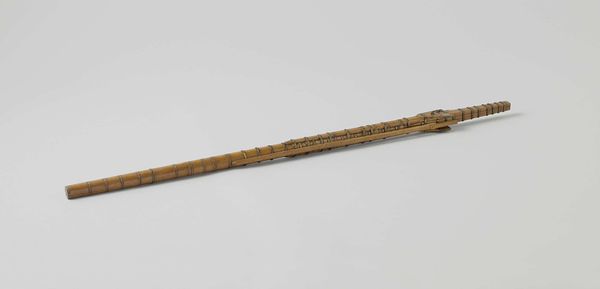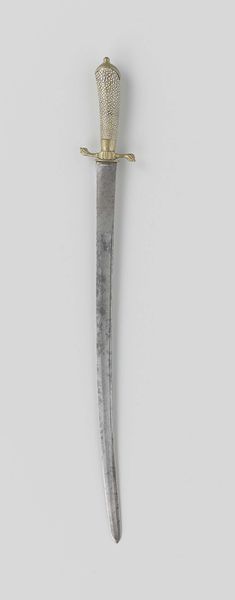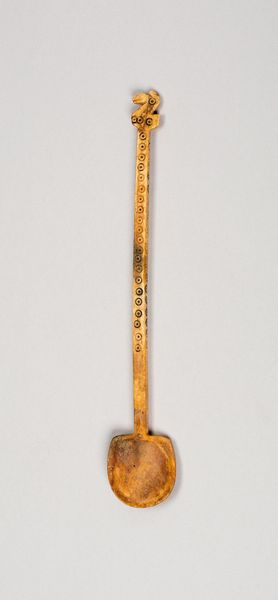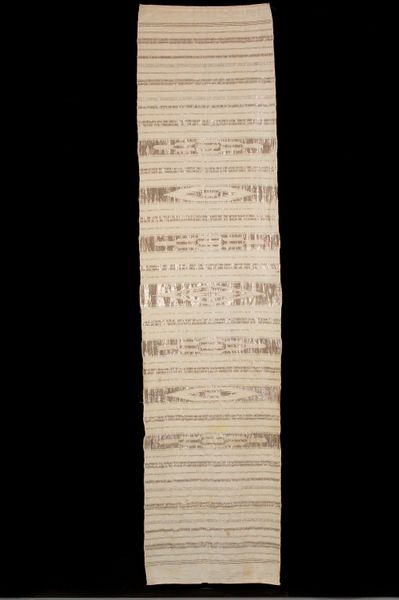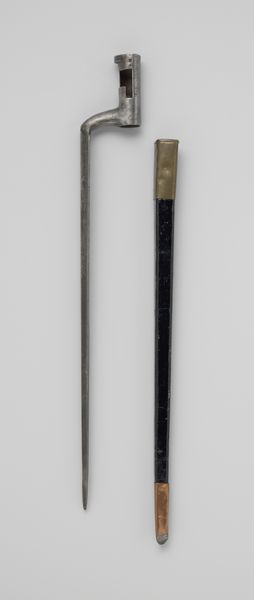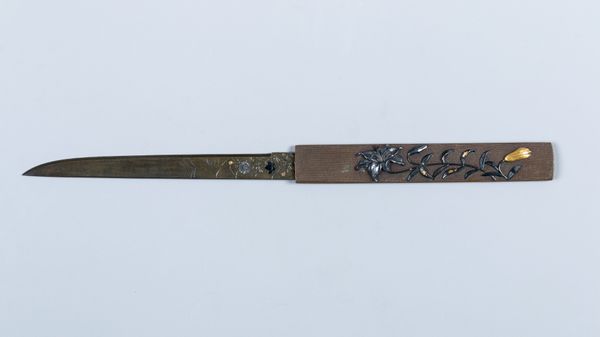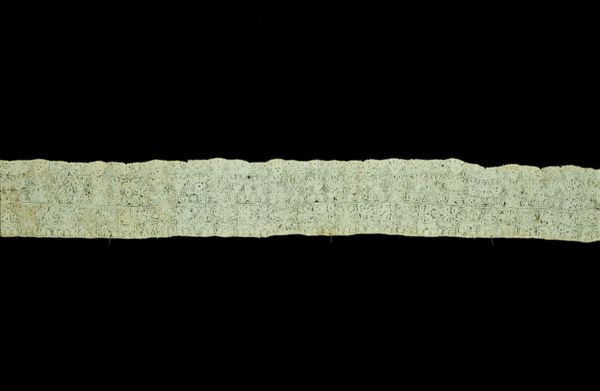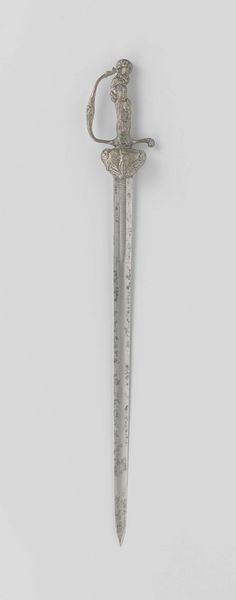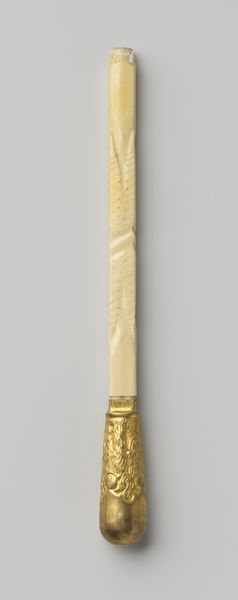
textile
#
sculpture
#
textile
#
decorative-art
Dimensions: 13 x 2 in. (33.02 x 5.08 cm)
Copyright: Public Domain
Curator: Up next, we have a fascinating textile piece known as "Trim," created sometime in the 19th century. It resides here at the Minneapolis Institute of Art. Editor: Oh, my! It is small, very detailed… Delicate comes to mind, like a fragment of something larger and more ornate. The tiny stitches create such a fine, repeating pattern. Curator: Yes, these seemingly humble trimmings are anything but. They offer us a glimpse into the complex economies of textile production. Consider the labour, often women's work, involved in crafting these elaborate details. Editor: Exactly! This isn't just 'decoration.' It's evidence of painstaking, skilled labour. It's important to understand that these were essential elements of fashionable dress and domestic interiors, reflecting social status and access to skilled artisans. Were they machine made or handmade do you know? Curator: That's what's compelling, the exact means of production is unconfirmed, pointing towards a pivotal time where industrialization was beginning to impact handcrafted traditions, reshaping societal dynamics by offering alternative, less labour-intensive means of textile production. The existence of "decorative arts" allowed the upper and emerging middle classes to show class affiliation by displaying highly ornate garments. Editor: So, it sits at the cusp of change, this little trim, a remnant of both artistry and nascent industrial production. It provokes an immediate reflection about value: of handmade things, versus the democratized access enabled by machines. Curator: Absolutely. "Trim" provides insight into both a shift in material culture and into social structure, displaying just how something as simple as a piece of decorative art provides understanding. Editor: I love that – seeing beyond mere aesthetics to the labor and lives intertwined with its creation. Curator: I hope we’ve offered our listeners insight into how this artifact displays how artistic creations reflected the complexities of a shifting economic structure. Editor: For me, its about understanding an objects impact. Seeing objects as holding layers of stories about class, labour, and industrial evolution adds so much meaning.
Comments
No comments
Be the first to comment and join the conversation on the ultimate creative platform.

